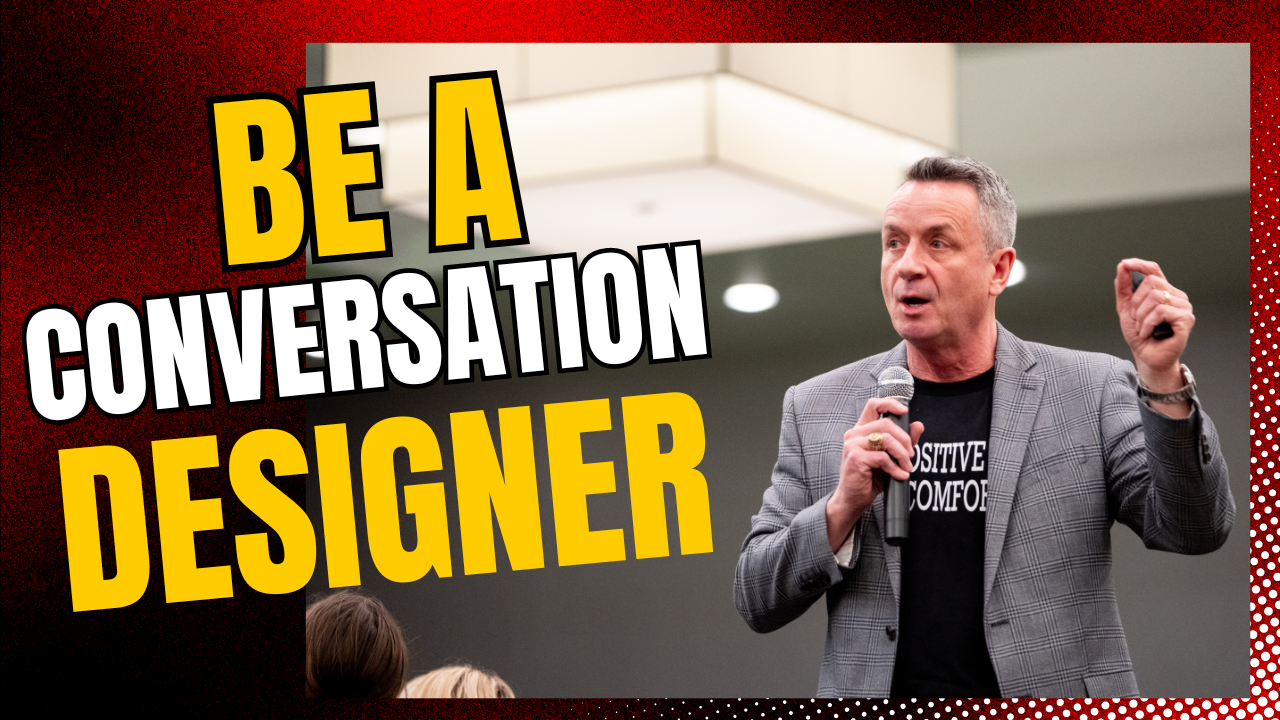
Let's get right to it: if you're a leader operating from a mindset soaked in pessimism, constant anxiety, or a chronic negativity bias, you might be doing more harm than you think. Not just emotionally but neurologically. And not just to yourself—but to the entire team you lead. Sound dramatic? Maybe. But science is backing it up.

Let’s get one thing straight: most organizations are not wired to win. They’re wired to survive. To get through the quarter. To avoid disruption. To keep the machine running just enough to not get fired. In their sharp and deeply practical book Wiring the Winning Organization, Gene Kim, Dr. Steven Spear, and Andre Martin argue that most companies operate like they’re flying blind—disconnected systems, slow signals, and lagging indicators. If you want better outcomes, you must fix the wiring. They’re right. But let’s not stop at analysis. Let’s move to application. Because rewiring an organization isn’t an academic exercise—it’s a leadership crucible.

Every team, at some point, reaches a ceiling. Maybe results plateau, accountability slackens, or mediocrity slowly seeps into the culture. At this moment, leaders face a critical choice: maintain the status quo or become more demanding. Sounds simple—until you try it.

The need to be liked is one of business leaders' biggest psychological hurdles. While it's natural to want to be respected and appreciated, an excessive desire for approval can lead to weak decision-making, poor boundaries, and an inability to hold others accountable. From an Adlerian psychology perspective, this struggle stems from mistaken beliefs about self-worth and interpersonal relationships. Leaders who seek validation from others often fear rejection, prioritize harmony over progress, and struggle with making difficult but necessary decisions.

In the fast-paced world of leadership, performance gets credit as the ultimate metric for success. Yet, a pressing dilemma persists: What happens when a high-performing individual wreaks havoc on the team's morale and cohesion? Many leaders, mesmerized by the short-term gains of retaining a "toxic star," overlook the long-term damage inflicted on the collective. This article explores the phenomenon of leaders keeping toxic high performers, the underlying psychology behind this tendency, and actionable strategies to address it. By fostering a healthier team culture, leaders can unlock sustainable success that benefits everyone—not just the star performer.

Success begins in the mind. Before any outstanding achievement can materialize, it must take root as an idea, a vision of what is possible. Imagining yourself successful is not merely daydreaming; it is a deliberate and powerful tool used by athletes, entrepreneurs, artists, and leaders throughout history. When harnessed effectively, visualization can help align your thoughts, actions, and emotions with your goals, paving the way for tangible results. Here’s how to leverage the power of imagining yourself as successful to achieve your aspirations.

Outstanding leadership emerges from technical expertise and the ability to connect with others authentically and inspire them to achieve shared goals. To achieve this, leaders must first unlock their true personality—an authentic self-reflecting inner confidence and a commitment to others' growth.

In the fast-paced business world, two primary approaches emerge when it comes to achieving growth, meeting goals, and managing teams: the sprint-rest cycle and the slow, methodical approach. Each has pros and cons, influencing productivity and the mental well-being of leaders and their teams. We'll examine these approaches in-depth, analyzing their psychological impacts on individuals and teams while considering which might suit different business environments and personalities.

This one thing is a cognitive bias where people adopt behaviors or beliefs simply because others do, can significantly influence workplace dynamics. Leaders often struggle to manage team morale, perceptions, and reactions in environments where opinions can shift rapidly. A cautionary tale of this effect was the viral response to Karen Templar's blog post about India. This case illustrates how initial praise can transform into a powerful negative backlash with a single trigger.

Organizations constantly strive to improve their speed and agility in today's fast-paced business environment. The ability to make timely decisions, respond to market changes, and execute strategies effectively can often be the difference between success and failure.

In the gleaming skyscrapers of New York City, Richard "Rick" Callahan was a name that echoed through boardrooms and financial circles alike. Rick was the embodiment of corporate success: tall, broad-shouldered, with a sharp mind and an even sharper instinct for business. He had clawed his way to the top of Wall Street, becoming the CEO of a prestigious investment firm before he was forty-five. Colleagues admired him, competitors feared him, and his subordinates followed him without question. To them, Rick was a wolf—strong, independent, and ruthless.

Being a conversational architect is not just about managing people; it’s about creating a space where communication flows freely, problems are addressed early, and people feel both supported and accountable. It’s about ensuring that no conversation is left unspoken, especially the difficult ones, because those are often the ones that matter most.